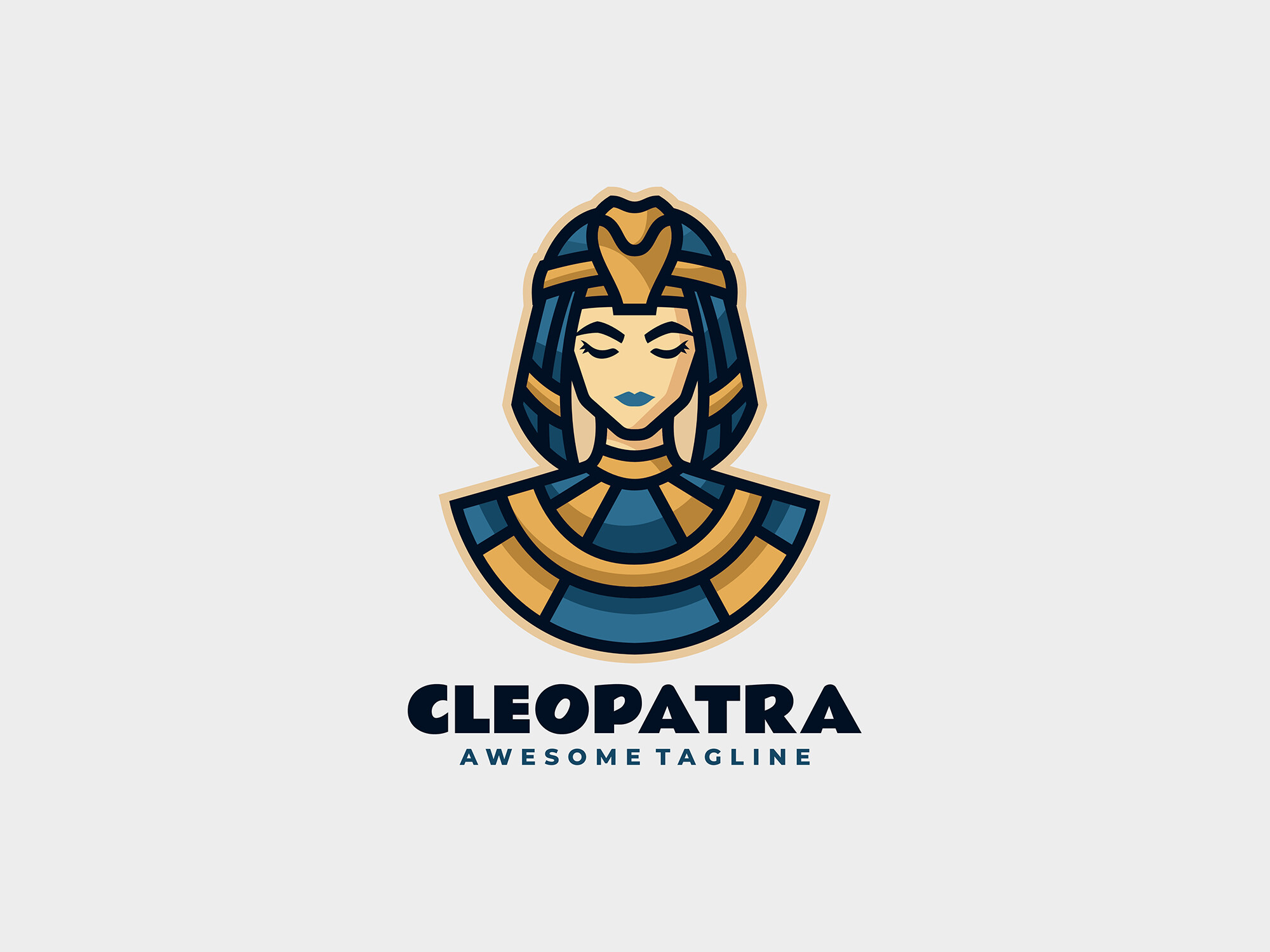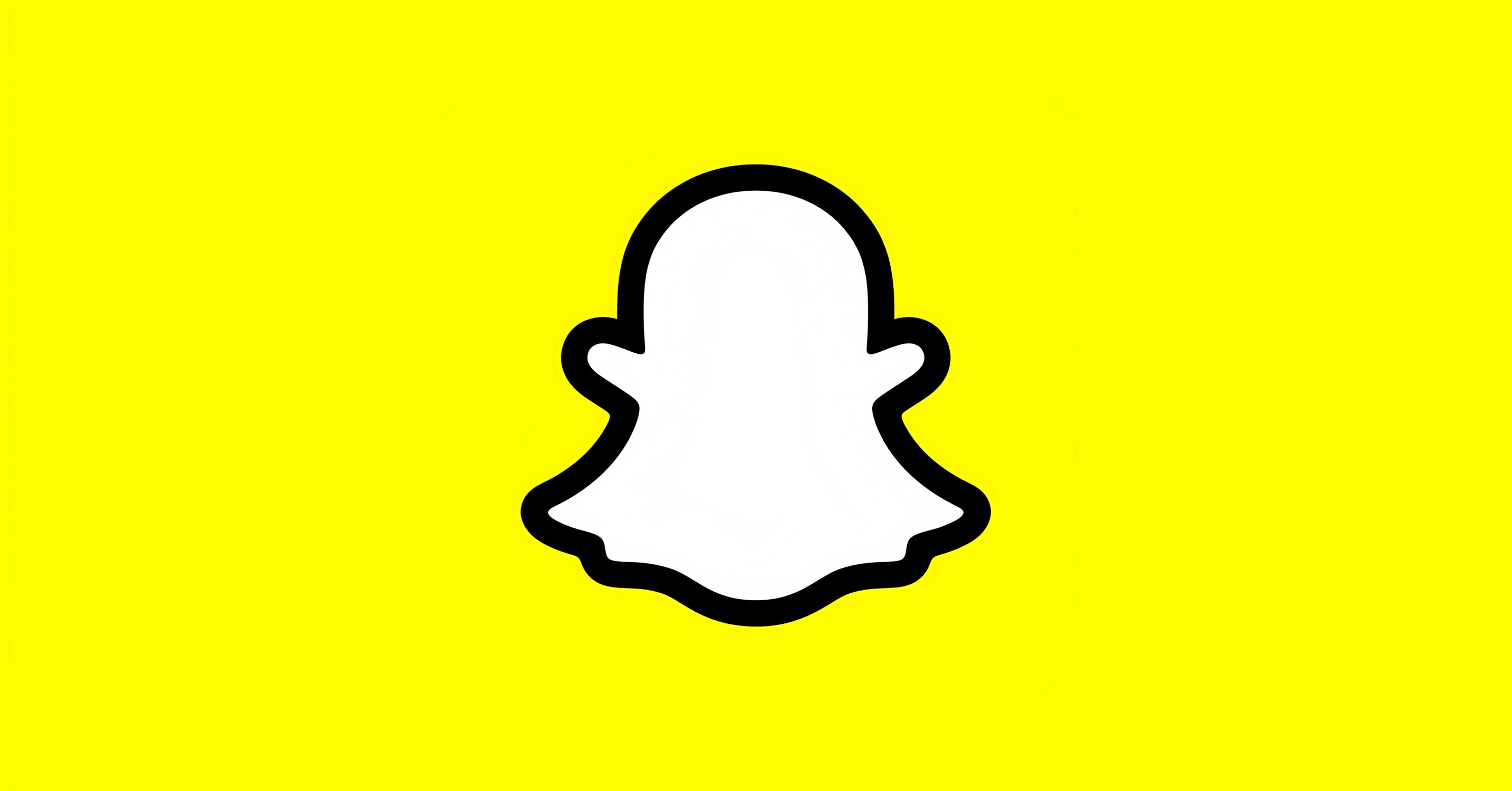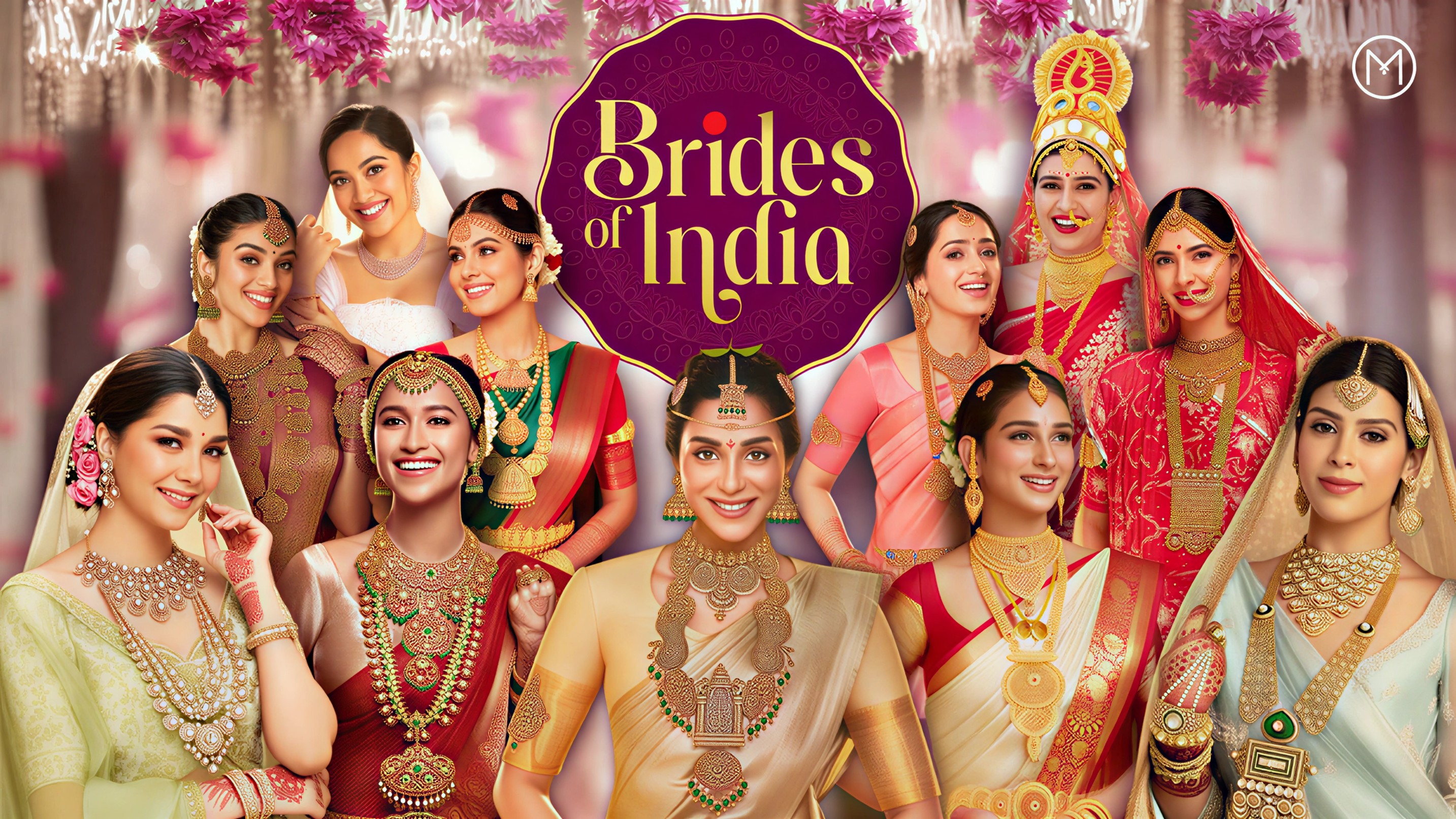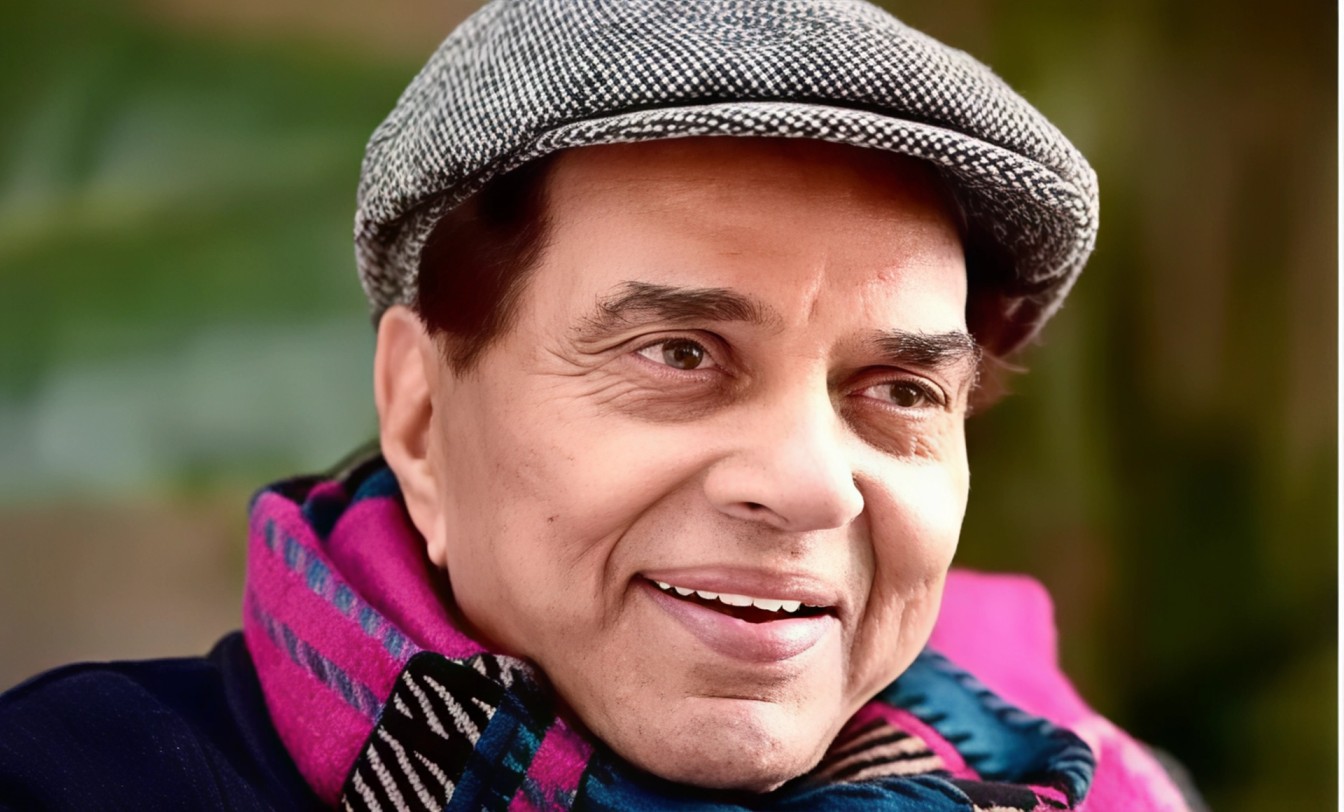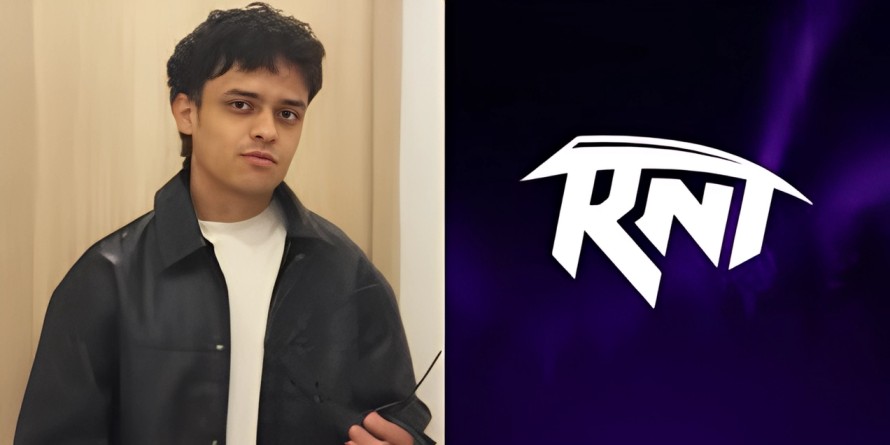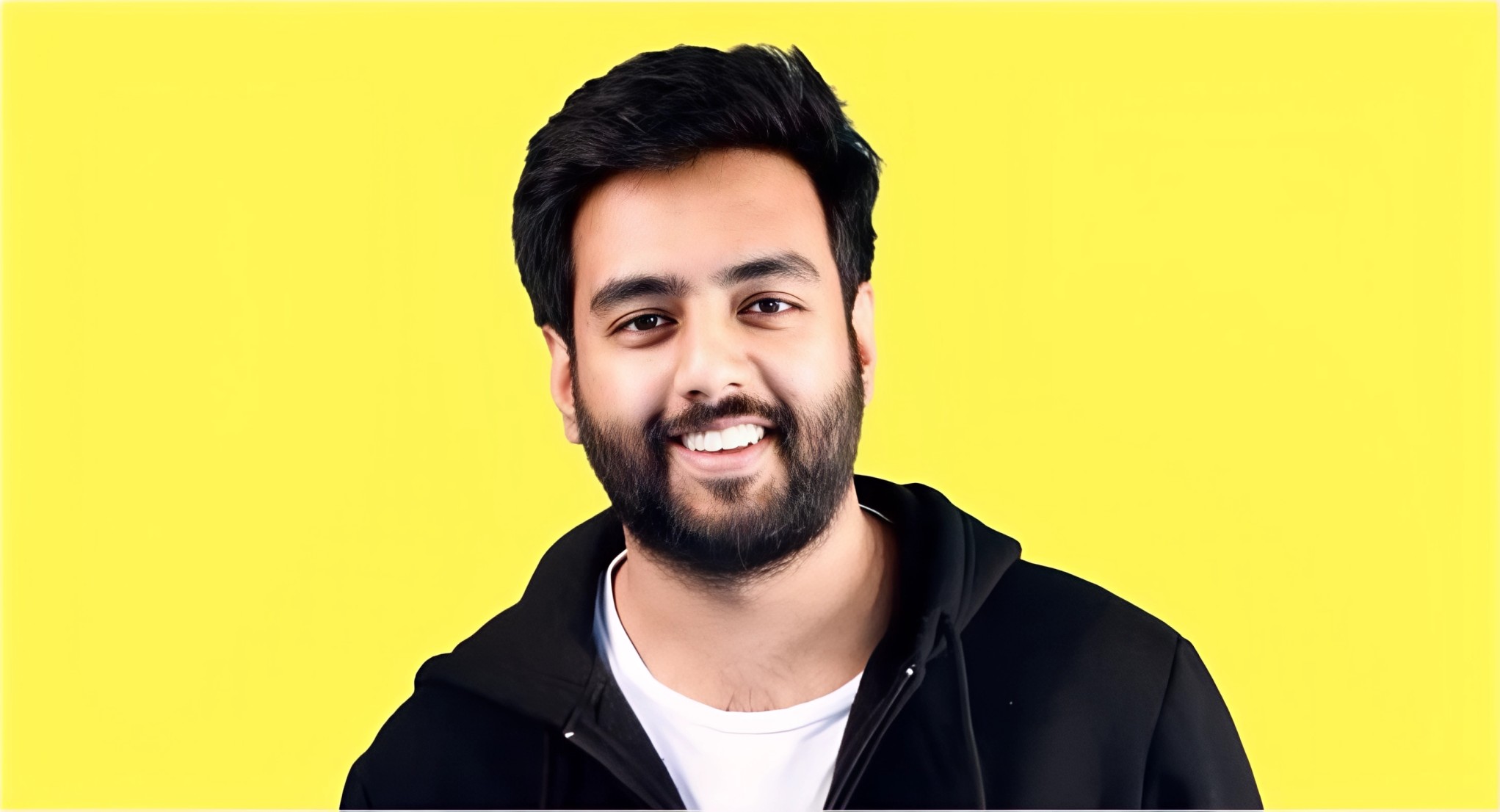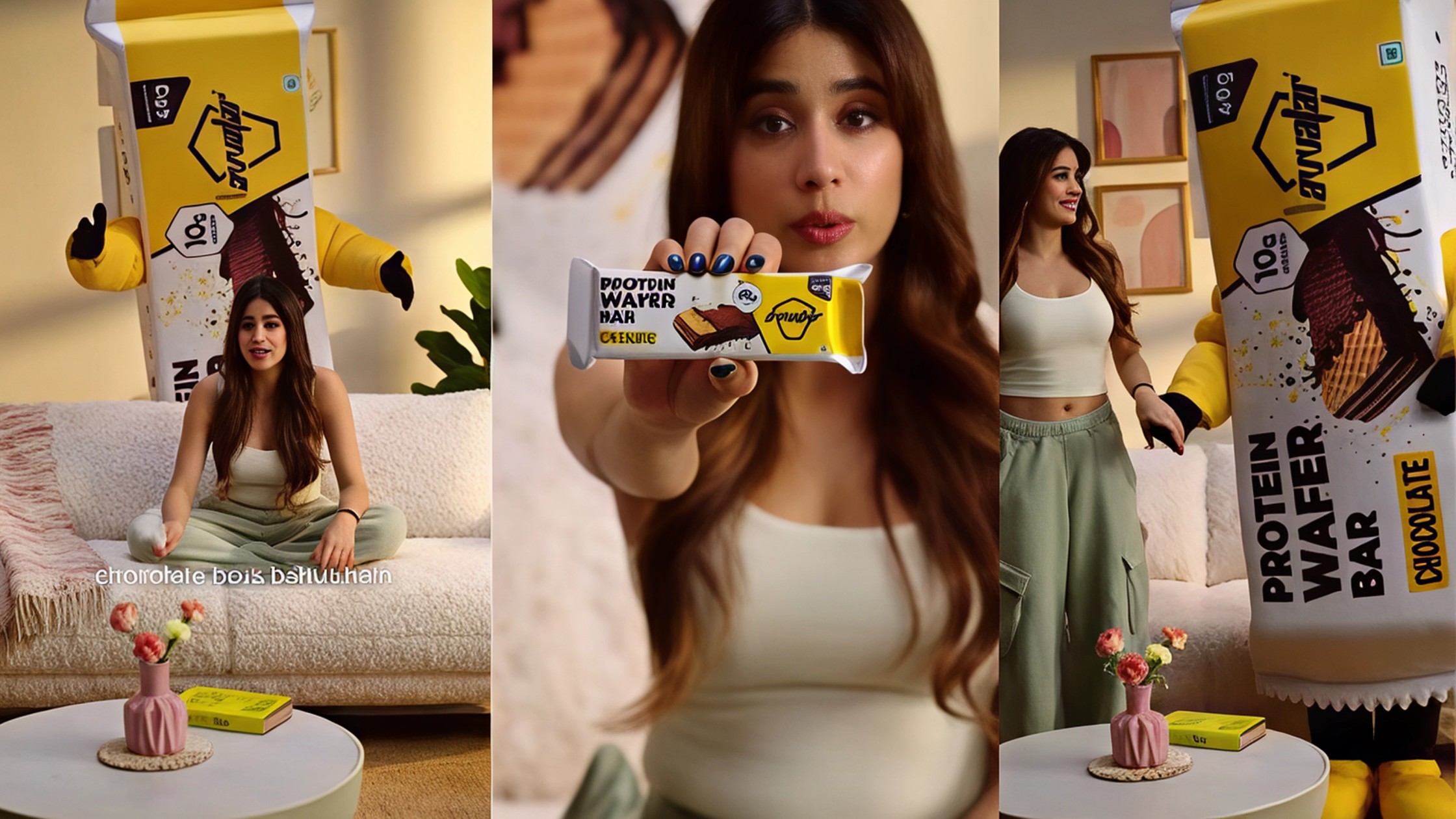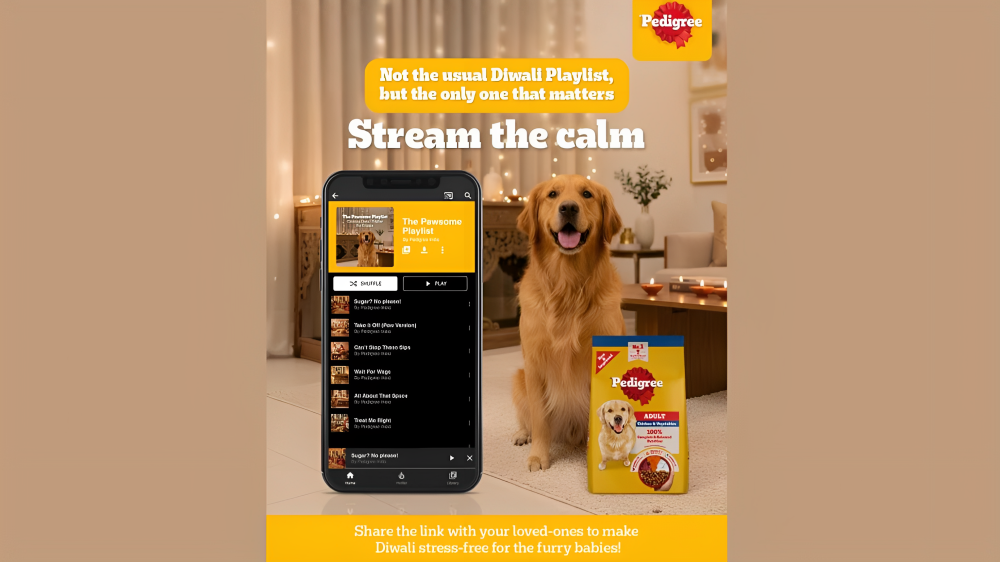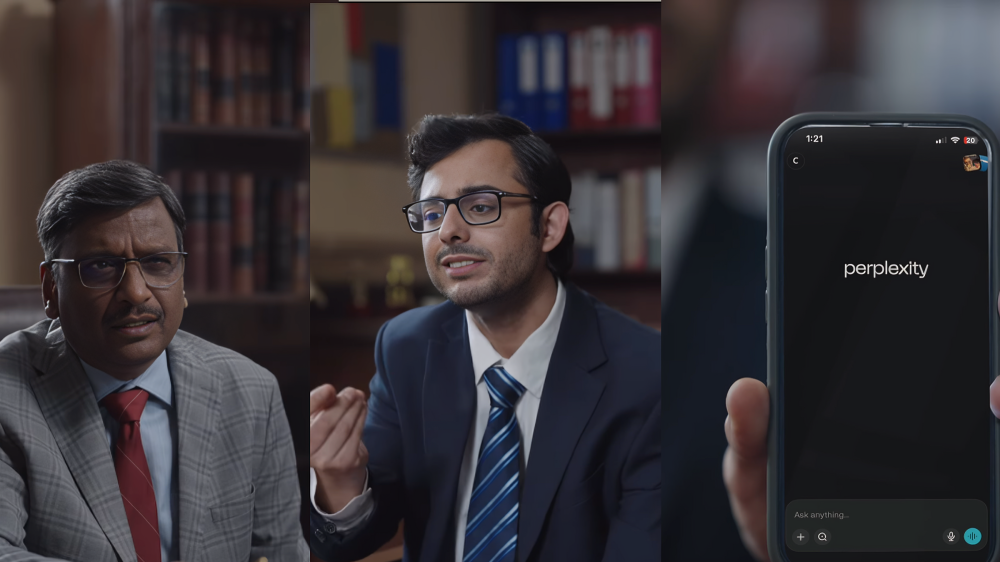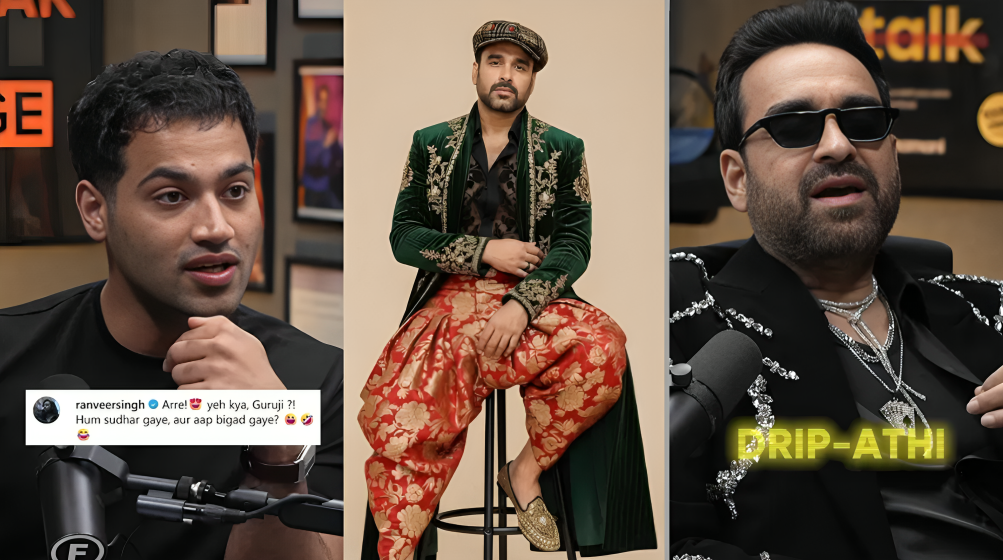Imagine Mahatma Gandhi casually holding a salt pack and saying “Why march?” or Cleopatra flashing a royal smile in a luxury shampoo ad. It may sound bizarre, but these scenes are becoming part of a growing wave of AI generated influencer content that’s taking over platforms like Instagram, TikTok, and YouTube Shorts. The past is no longer just a lesson, it’s now a brand asset, remixable for the algorithm and reimagined for a generation raised on reels and remixes.
What was once the domain of comic books and historical fiction is now playing out in full color across your feed. And while most brands are still in the observing phase, the momentum is unmistakable. AI generated videos, especially those using historical figures or alternate timelines, are exploding in reach and realism. According to recent data from Zebracat AI, this segment is growing at an annual rate of nearly 35 percent and is projected to become a 15 billion dollar market by 2030.
This new frontier is fascinating because it challenges the very definition of influence. What happens when someone who has been dead for centuries suddenly has a personality online? What if Netaji Subhas Chandra Bose is made to endorse an electric bike or Akbar is shown promoting biryani on Zomato? These moments grab attention quickly but also open up complex conversations about ethics, legality, and consumer trust.
ADVERTISEMENT
Gen Z audiences seem to love it. With a reported engagement rate of 3.5 percent, AI influencers have cracked a code that even some real life creators struggle with. For Gen Z, this is not about history but about creative disruption. It is entertaining to see ancient rulers using modern slang or iconic leaders engaging in daily banter. It blurs the line between history and pop culture in a way that feels new and addictive.
Marketing budgets are starting to reflect this curiosity. Business intelligence platforms show that ten to fifteen percent of brand spends are now going toward influencer marketing, and a rising share of that is being directed toward AI powered creators. But despite this traction, experts say the space is still very young.
Aditya Gurwara, cofounder at Qoruz, an AI driven influencer platform, notes that while brands are curious, few have made serious investments. Everyone is watching the trend, but only a handful are ready to experiment with their own AI characters or borrow faces from history. This could change quickly as AI technology becomes more accessible and storytelling tools become easier to use.
Piyush Agrawal, cofounder of CREATE, agrees that it is still experimental. But he believes AI generated creators will become viable options for brands looking to reduce production costs and turn around campaigns quickly. In a world where speed is everything and attention spans are shrinking, AI gives brands a new layer of agility and control.
ADVERTISEMENT
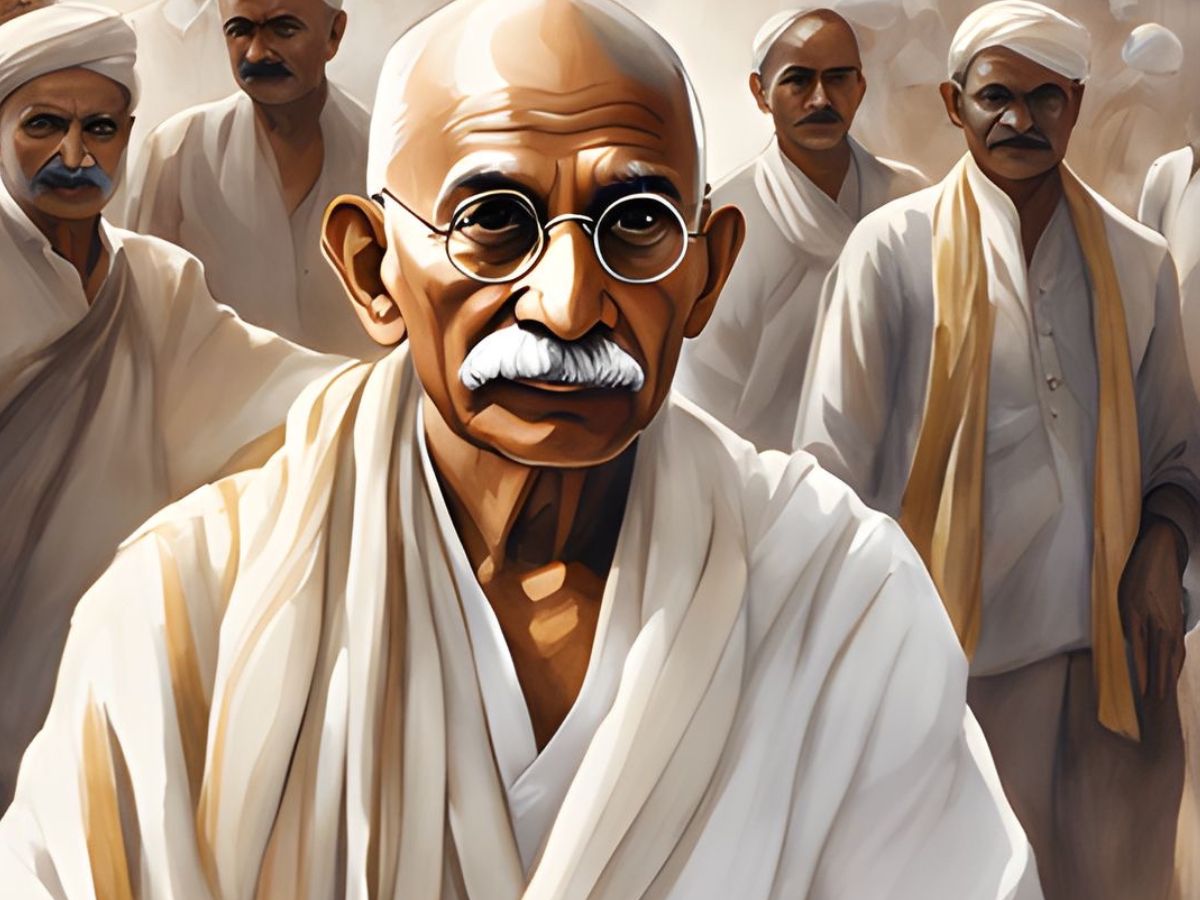
However, not all that goes viral is harmless. Experts are raising red flags over the ethical implications of using historical figures in commercial content. Communications consultant Karthik Srinivasan warns that while AI content can make history feel more engaging, it also opens doors to misinformation. Unlike books or documentaries that are clearly labeled as fiction or nonfiction, AI generated content on social media often comes without any disclaimer. A user watching a reel of a historical figure saying something inaccurate might take it as fact, especially if the visuals are convincing.
There is also the issue of emotional harm. Using figures like Gandhi or Ambedkar in light hearted or commercial formats could offend communities and risk public backlash. The absence of a clear regulatory framework makes it even more complicated.
Pratishtha Arora, CEO of Social and Media Matters, believes this is a moment that calls for robust legal frameworks. Without thoughtful regulation, AI content could become a tool for manipulation, not just engagement. Whether it is fake endorsements, deepfakes, or cultural insensitivity, the cost of negligence could be huge.
For now, the biggest challenge is not technology but sustainability. Anyone with access to tools can create a viral AI video, but building a loyal audience that comes back for more is still difficult. Human influencers bring relatability and consistency that AI is yet to match.
ADVERTISEMENT
Even so, the momentum is undeniable. AI influencers may not replace real creators overnight, but they are changing the rules. They offer a blank canvas for imagination where brands can dream up scenarios that were once impossible. A freedom fighter talking about health supplements. A queen explaining financial literacy. A war hero reviewing smartphones. The ideas are endless and the internet is ready.
The question now is not whether brands can do it. It is whether they should.
Follow Marketing Moves on Instagram and Facebook for more trendspotting, campaign analysis, and everything shaping the future of brand storytelling in India.

